cumi
TPF Noob!
- Joined
- Oct 12, 2005
- Messages
- 394
- Reaction score
- 0
- Location
- Vienna, Austria
- Can others edit my Photos
- Photos OK to edit
I have a Canon PowerShot A520 and shoot mostly in aperture-priority mode. When I use the (build-in) flash and aperture-priority mode, the photos are mostly overexposed. I think it's because, the shutter-speed is not changing when I change the aperture. It stays allways 1/60 sec, regardless how open is the aperture.
What am I doing wrong? Is this normal? How should I use the flash and how can I live with constant 1/60 sync time? Is maybe the P-mode better?
I recognised, that when I move a bit back and zoom to subject (also bigger F-Number), the photos are not so overexposed anymore.
Any experiences?
Thanks,
What am I doing wrong? Is this normal? How should I use the flash and how can I live with constant 1/60 sync time? Is maybe the P-mode better?
I recognised, that when I move a bit back and zoom to subject (also bigger F-Number), the photos are not so overexposed anymore.
Any experiences?
Thanks,






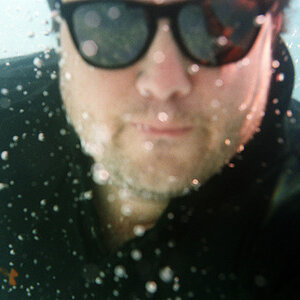
![[No title]](/data/xfmg/thumbnail/39/39447-6e7679723d775935851f055bae9712ba.jpg?1619739036)

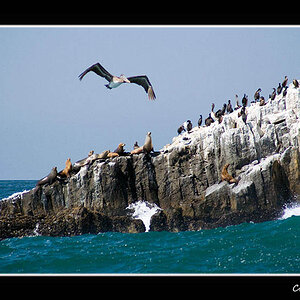

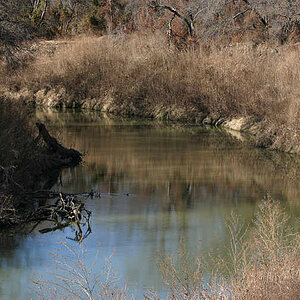

![[No title]](/data/xfmg/thumbnail/32/32433-abebb6cea0cf29d5f27d9054c7b0664e.jpg?1619735443)
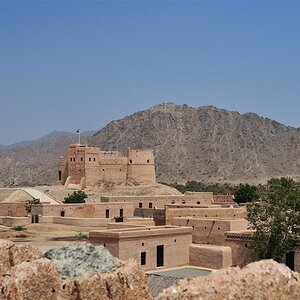
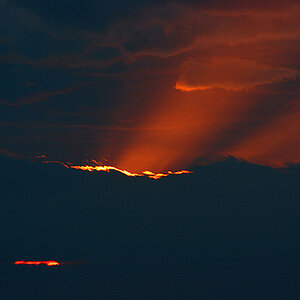
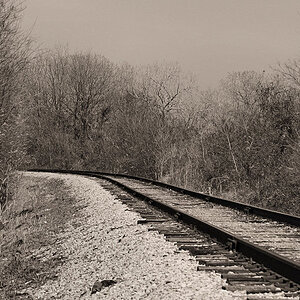
![[No title]](/data/xfmg/thumbnail/39/39443-45e1b162b6c7c1d8ebbc8faf5623b705.jpg?1619739034)